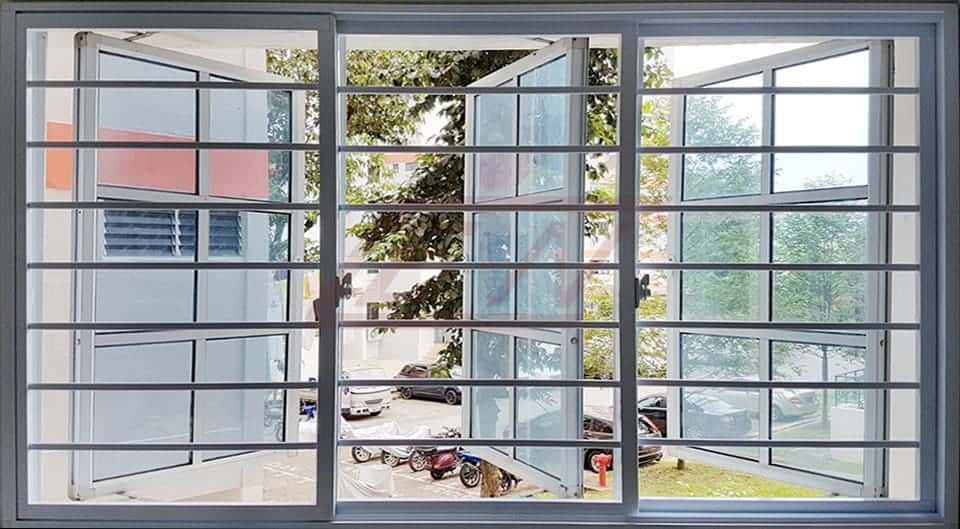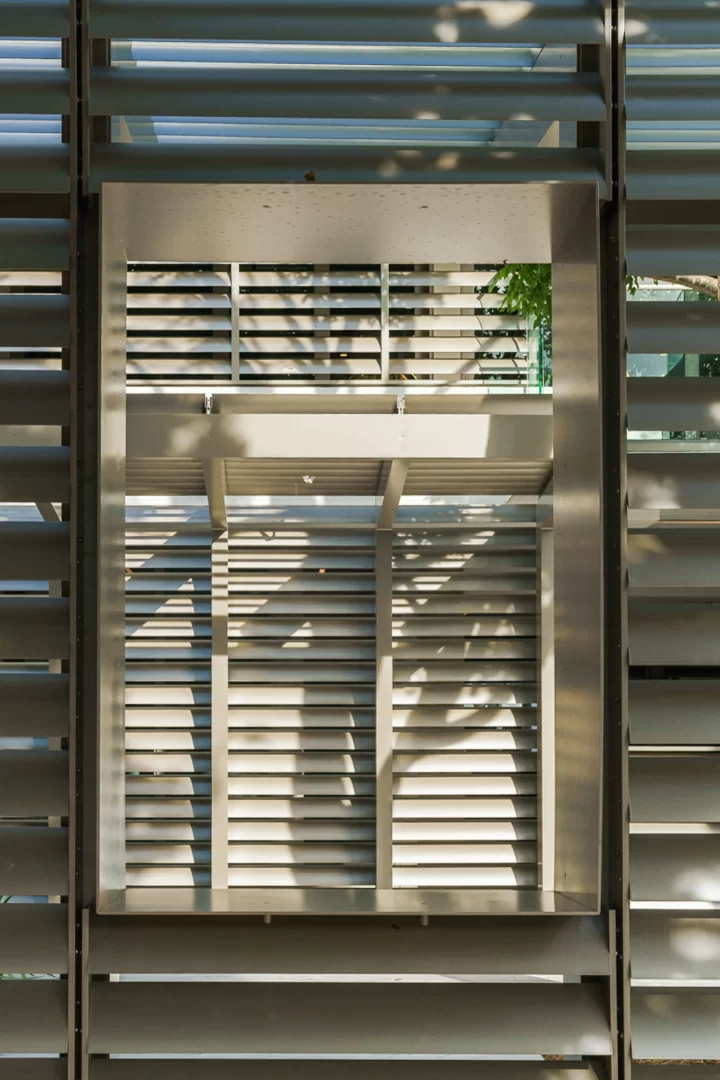What is the Difference Between Grille and Louver?
What is the difference between grille and louver? Discover the distinctions between grille and louver in this comprehensive guide. Explore their features, applications, and more to make informed choices.
In the world of architectural and interior design, the terms “grille” and “louver” are often used interchangeably, leading to confusion for many.
However, these two elements serve different purposes and offer unique aesthetics. If you’re looking to enhance your space, it’s crucial to understand the difference between grille and louver to make informed decisions.
In this article, we’ll delve into the details, highlighting their characteristics, applications, and much more.

What is the Difference Between Grille and Louver?
Grilles and louvers are architectural components used in various settings, but they differ significantly in terms of function and appearance.
What is a Grille?
A grille is a decorative element consisting of a series of bars or slats, typically arranged in a grid pattern. It is primarily designed to enhance the aesthetics of a space while allowing airflow and ventilation.
Grilles can be made from various materials, including wood, metal, or plastic, and are often used in doors, windows, and HVAC systems.
Grilles are known for their decorative appeal, adding a touch of elegance and sophistication to architectural designs. They are commonly seen in traditional and classical settings, offering a timeless charm.
What is a Louver?
On the other hand, louvers are designed primarily for controlling airflow and providing privacy.
Louvers consist of angled slats or blades that can be adjusted to regulate the amount of light and air entering a space. They are typically installed in windows, doors, and vents.
Louvers are highly functional and practical, making them a popular choice in modern architecture.
They offer versatility by allowing users to customize the amount of light and ventilation according to their preferences.
Applications Differences of Grilles and Louvers
Grilles find their applications in various architectural elements:
1. Windows: Grilles can be installed on windows to add a decorative touch while maintaining security.
2. Doors: Decorative grilles on doors can give your entrance a welcoming and stylish look.
3. HVAC Systems: Grilles are used in heating, ventilation, and air conditioning systems to distribute air evenly.
4. Cabinetry: Grilles on cabinets can be both functional and aesthetic, providing ventilation and visual interest.
Louvers are practical and versatile, making them suitable for several purposes:
1. Ventilation: Louvers in attic vents or exhaust systems help in expelling hot air and moisture.
2. Privacy: Louvered doors and windows offer privacy while allowing airflow and natural light.
3. Sun Control: Adjustable louvers can be used to control the amount of sunlight entering a room.
4. Exterior Cladding: Louvers can be part of an exterior design to create shading and airflow.
Material Differences of Grilles and Louvers
Grilles and louvers can be constructed from various materials, each offering unique advantages:
1. Grille Materials: Grilles can be made from wood, metal, plastic, or a combination of these materials. The choice of material affects the grille’s durability, appearance, and maintenance requirements.
2. Louver Materials: Louvers are typically constructed from materials like aluminum, steel, or even glass. These materials are chosen for their ability to withstand outdoor conditions and their ease of maintenance.
Aesthetic Differences of Grilles and Louvers

When deciding between grilles and louvers for your space, consider the aesthetic impact:
1. Grille Aesthetics: Grilles add a classic and elegant touch to interiors. They are often used in traditional and historic settings to maintain a timeless look.
2. Louver Aesthetics: Louvers have a more contemporary and sleek appearance. They are commonly used in modern and minimalist designs for their clean lines and functionality.
Maintenance and Cleaning Differences of Grilles and Louvers
Both grilles and louvers require maintenance to keep them looking their best:
1. Grille Maintenance: Depending on the material, grilles may require occasional cleaning and refinishing to preserve their appearance.
2. Louver Maintenance: Louvers are relatively low-maintenance, requiring periodic cleaning and lubrication of moving parts, if applicable.
Conclusion
The main difference between grille and louver lies in their purpose and design. Grilles are decorative and serve aesthetic purposes, often adding a decorative pattern to windows or doors.
In contrast, louvers are functional, designed to control airflow and light while providing protection from the elements. Louvers are adjustable, while grilles are typically stationary and serve a purely decorative role.
READ ALSO!!!




